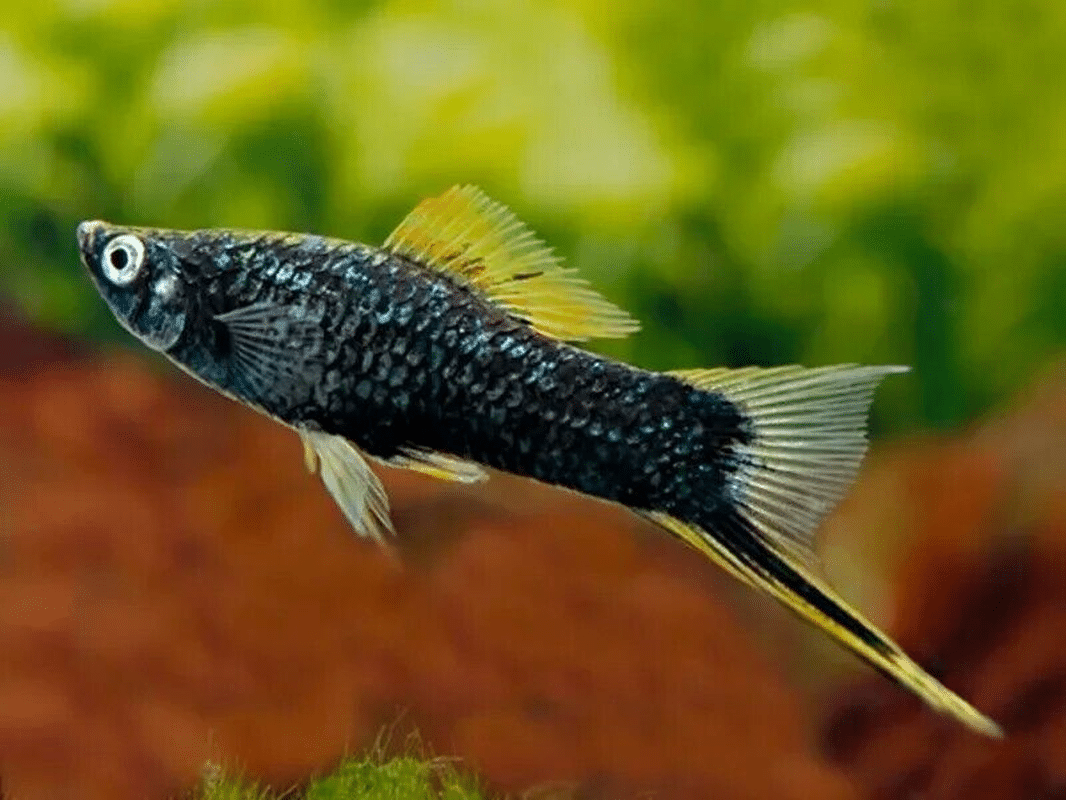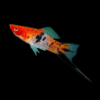To provide the best experiences, we use technologies like cookies to store and/or access device information. Consenting to these technologies will allow us to process data such as browsing behaviour or unique IDs on this site. Not consenting or withdrawing consent, may adversely affect certain features and functions.
The technical storage or access is strictly necessary for the legitimate purpose of enabling the use of a specific service explicitly requested by the subscriber or user, or for the sole purpose of carrying out the transmission of a communication over an electronic communications network.
The technical storage or access is necessary for the legitimate purpose of storing preferences that are not requested by the subscriber or user.
The technical storage or access that is used exclusively for statistical purposes.
The technical storage or access that is used exclusively for anonymous statistical purposes. Without a subpoena, voluntary compliance on the part of your Internet Service Provider, or additional records from a third party, information stored or retrieved for this purpose alone cannot usually be used to identify you.
The technical storage or access is required to create user profiles to send advertising, or to track the user on a website or across several websites for similar marketing purposes.
















Jessica Green (verified owner) –
I recently added a few Black Swordtails to my aquarium, and I couldn’t be happier! These fish are not only stunning with their sleek black bodies and vibrant tails, but they are also incredibly hardy. After about two months in their new home, they’ve adapted wonderfully and are thriving. I love watching them dart around the tank, especially during feeding time when I give them high-quality fish food that encourages their natural behaviors.
Compared to other livebearers I’ve kept, the Swordtails have been more active and social, which adds a delightful dynamic to my tank. However, I did notice that they can be a bit nippy with finned neighbors, so I recommend keeping them with similar-sized fish.
If you’re looking for tropical fish that are both beautiful and easy to care for, I highly recommend the Black Swordtail! They’re perfect for beginners and experienced aquarists alike. Just make sure to provide plenty of space and plants for them to explore. I’m definitely considering getting more in the future!
Emily Richards (verified owner) –
I have been an aquarium enthusiast for over five years, and adding the Black Swordtail (Xiphophorus Hellerii) to my community tank has been an absolute delight. These beautiful fish arrived healthy, vibrant, and ready to explore their new home. After about two months of observing them, I must say they have not only thrived but also brought a lively energy to the tank. Their striking black tails and bright colors make them a stunning centerpiece among my other tropical fish.
What I love most is how easy they are to care for. They get along splendidly with my other community fish, such as guppies and tetras. They are active swimmers, and it’s a joy to watch them interact. I did notice that they appreciate a bit of cover in the form of plants, so I added some floating greenery, which they love!
If you’re considering adding these livebearers to your aquarium, I highly recommend them for both beginners and experienced hobbyists. Just a heads up; they can breed quite easily, so be prepared for baby swordtails! Overall, this fish is an optimal choice for any tropical setup. I’m thrilled with my purchase and will definitely buy more in the future!